Introduction to Crassula Minor
Embark on a journey to discover the lush world of Crassula Minor, a gem among succulents that garners admiration for its charming presence in indoor spaces. Native to the rocky slopes of South Africa, this petite plant has traversed continents to become a celebrated addition to the houseplant community. The Crassula Minor’s diminutive stature belies its mighty aesthetic appeal, earning it a spot in the hearts of plant lovers and the corners of their homes.
The Crassula Minor, with its compact form and glossy, jade-green leaves, adds not just a touch of greenery but also a breath of life to any interior environment. It is no surprise that this delightful plant has risen in popularity, with enthusiasts eagerly incorporating it into their indoor gardens. Imagine the serene presence of this succulent on your coffee table, basking in the gentle morning sunlight—its simplicity harmonizing with modern decor and bringing a piece of nature’s calm into bustling urban homes.
Besides its visual charm, Crassula Minor is celebrated for its resilience and beneficial impact on indoor air quality. Its ability to thrive with minimal care makes it an excellent choice for both seasoned gardeners and green-thumbed novices alike. Picture this: a plant that stands unfazed by the occasional forgetful watering, diligently purifying the air while ornamenting your living space. It’s the quintessential blend of functionality and beauty.
What’s more, caring for Crassula Minor can be an enjoyable and educational experience, providing plant enthusiasts with valuable insights into the realm of succulent care. To get you started on your Crassula Minor journey, we’ve included an instructional video that’ll guide you through the essentials:
As you nurture your own Crassula Minor, it stands as a living testament to the wondrous adaptability of these succulent species, which have captivated gardeners’ imaginations for centuries. Whether you’re crafting a lush tabletop garden or simply seeking a companion for your work-from-home desk, Crassula Minor is an impeccable choice that promises to elevate your indoor garden to new heights. Delve deeper into the fascinating world of succulents with our comprehensive guide on succulent types, and make your first or next foray into indoor gardening an enchanting one.
Physical Characteristics of Crassula Minor
When you embark on the journey of caring for Crassula Minor, it’s like unlocking a hidden treasure trove brimming with charm and peculiarity. This enchanting succulent is known for its compact size and propensity to dazzle with its dense growth pattern, rarely exceeding the quaint heights of 15-30 cm, making it an ideal resident of your indoor garden oasis.
The Crassula Minor captures the eye with its plump, glossy green leaves, huddled together like a throng of forest sprites in a sacred dance. The leaves, plump and ovoid, with their smooth, shiny surfaces, often exhibit a subtle red tinge at their margins when kissed by the sun, distinguishing this delightful gem from its Crassula siblings. Unlike its towering cousin, Crassula Ovata, the Crassula Minor maintains a dainty and restrained growth habit.
In the jade plant family, Crassula Minor is the understated member who shies away from unrestrained sprawl, preferring instead to cultivate a refined, structured appearance. Its stems jut out, robust and upright, forging a forest of miniatures within your living space. Throughout the years, you’ll observe this succulent’s loyal adherence to its natural design – a slow-growing, architectural marvel that maintains its demeanor with grace.
Interestingly, Crassula Minor has a penchant for late winter blooming, adorning itself with clusters of small, starry white flowers, which adds a seasonal enchantment to its form. It’s not just a plant; it’s a performance, with each season acting as a new act in its botanical ballet.
And as you ponder your own crassula’s place amongst the tapestry of succulents you’ve curated, know that this plucky little plant’s presence embodies much more than its stature conveys; it’s the living embodiment of beauty in miniature, a verdurous sonnet to the art of indoor gardening.
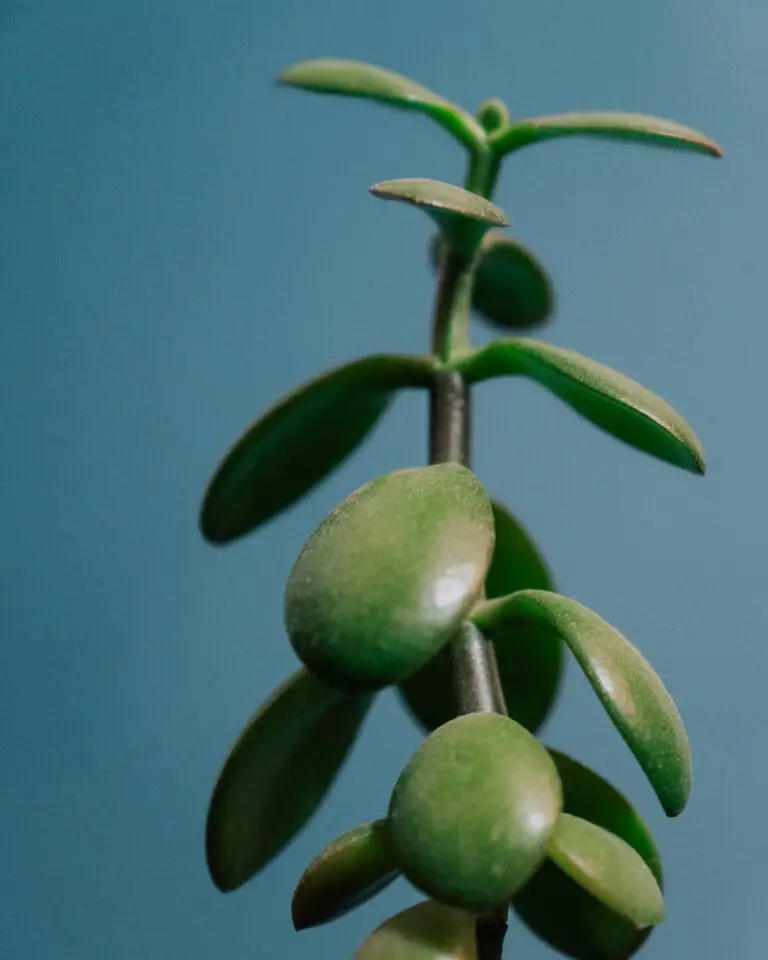
Optimal Growing Conditions for Crassula Minor
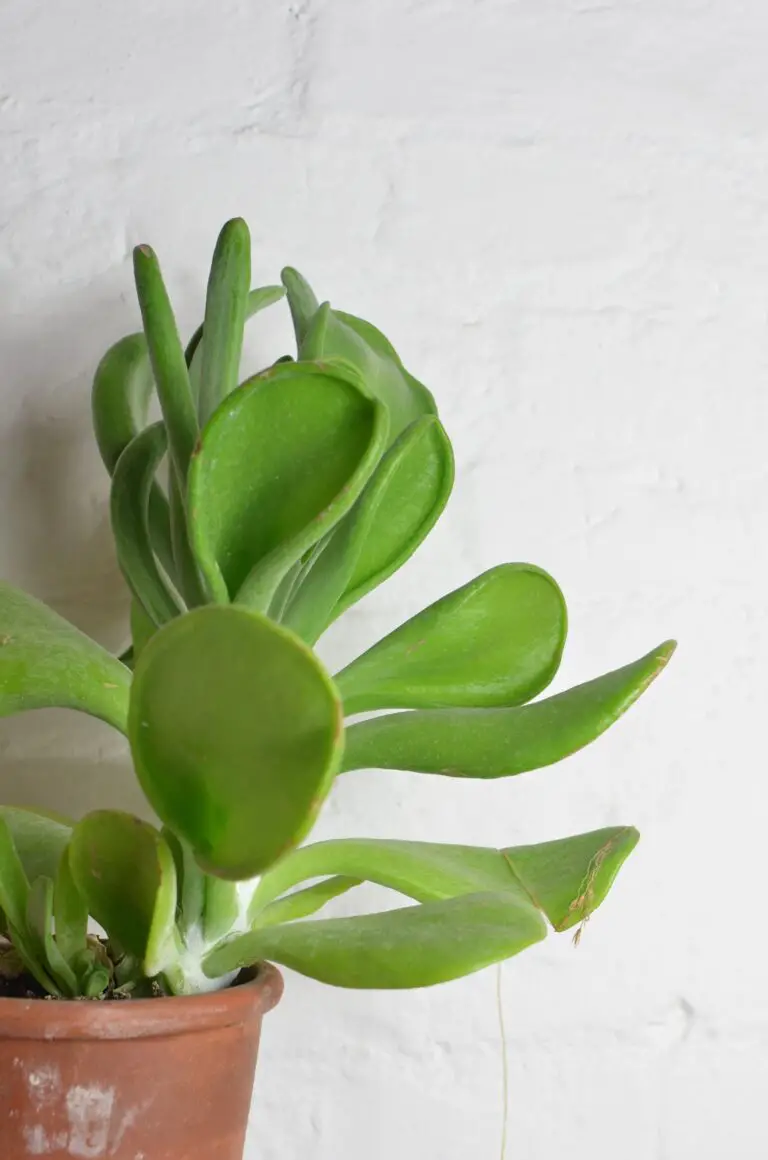
Unlocking the full potential of your Crassula Minor starts with understanding its preferred environment. When it comes to light, this plucky little succulent craves a sunny spot where it can bask in bright, indirect light for several hours. It’s like the perfect sunbathing companion – just enough light to thrive without the risk of sunburn, which in plant terms means avoiding the harsh afternoon sun that can scorch its leaves.
Temperature-wise, Crassula Minor enjoys a climate that mimics its native habitat. A consistent temperature range between 60-75 degrees Fahrenheit (15-24 degrees Celsius) will have your succulent dancing with joy. It’s not a fan of the cold and definitely doesn’t want to be left out in a frost—think of it as preferring a light jacket weather rather than bundling up in a winter coat.
A factor often overlooked when tending to indoor succulents is the importance of airflow. You see, while Crassula Minor doesn’t need a windswept mountaintop, it does appreciate a gentle breeze, or at least some form of air circulation. Think of it as having its own little breath of fresh air to keep it feeling fresh and vibrant.
Emulating these conditions will not only ensure your Crassula Minor grows well but thrives. It’s about creating a little sanctuary that meets its needs just right. And if you’re looking to expand your indoor garden and learn more about succulent care, check out our guide on indoor succulent care, where we delve deep into strategies for keeping these charming plants happy and healthy.
Soil and Watering Essentials for Crassula Minor
When it comes to nurturing your Crassula Minor, think of yourself as a culinary artist: the soil is your canvas, and water is your paint. Getting the mix just right can transform your indoor garden into a masterpiece of vibrant greens and sturdy growth. Let’s dive into the soil composition and watering schedules that will keep your succulent buddy happy and thriving.
Perfecting the Soil Mixture
Just as a chef selects the perfect blend of spices, the soil mix for your Crassula Minor must be chosen with care. A combination that promotes good drainage yet retains slight moisture is key. Aim for a potting mix with coarse sand or perlite, mixed with organic compost. This concoction ensures the roots have the ideal balance of air and nutrients. Remember, a well-draining soil mix is like good support for a gymnast—it prevents falls and injuries, or in the case of your succulent, the dreaded root rot.
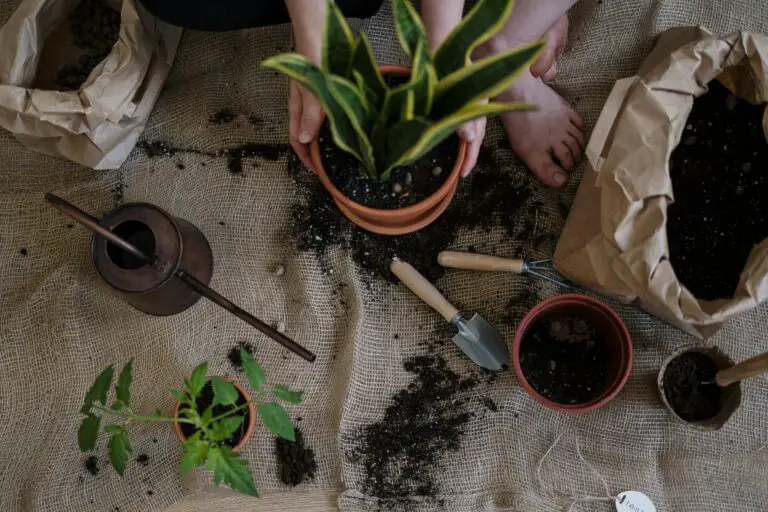
Watering: A Scheduled Symphony
Watering your Crassula Minor isn’t a daily chorus. Instead, it’s an orchestrated symphony where timing is everything. Wait until the top inch of the soil is dry before giving your plant a drink. This could range from once a week to once a fortnight, depending on the humidity and temperature of your home. Be cautious—over-watering leads to swollen, unhappy roots. A good rule of thumb is to water thoroughly, but infrequently. Think of each watering session as a special occasion, like a refreshing rain shower that comes just in time to rejuvenate the thirsty earth.
Knowing how to nurture your Crassula Minor with the correct soil and watering regimen is a secret gardeners pass down like a treasured family recipe. With these tips, your succulent is sure to become the emerald jewel of your indoor garden collection. So roll up your sleeves, and let the magic of growth begin!
Fertilization and Feeding
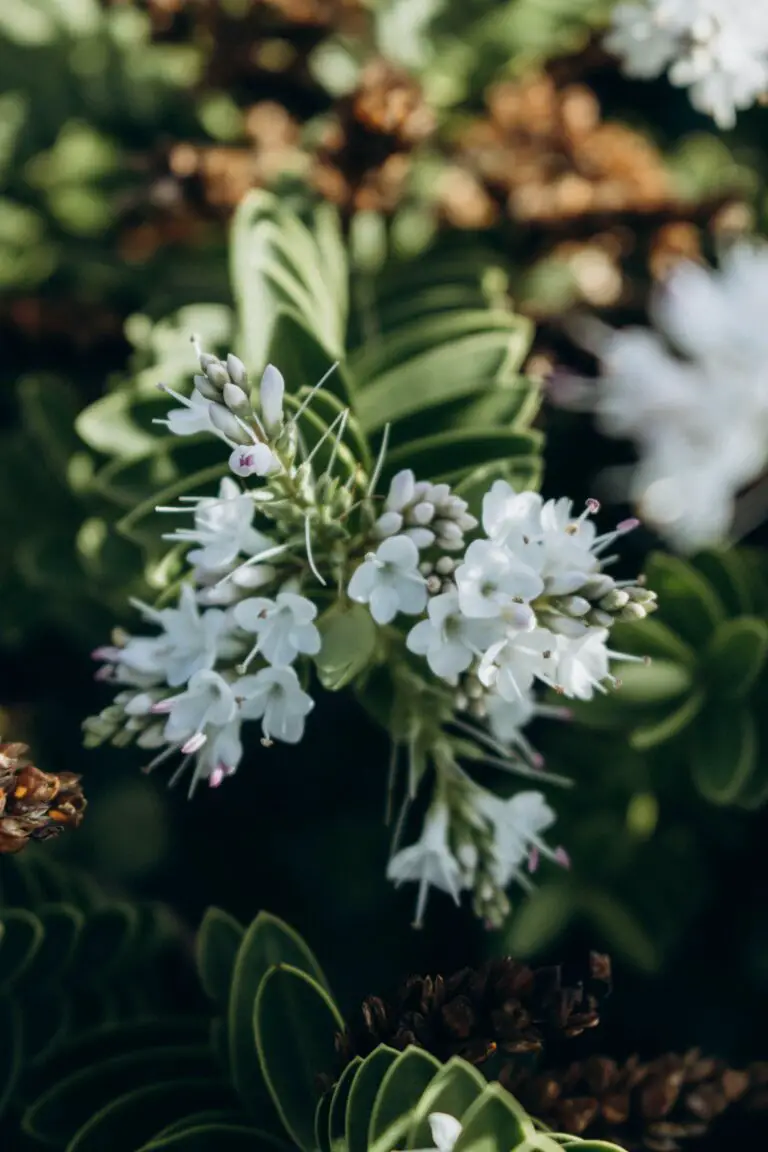
When it comes to the Crassula Minor, a touch of tender care and the right nutrients can transform your indoor garden into a lush miniature jungle. Let’s dive into the world of fertilization and feeding! Did you know that this hardy succulent only needs a smidgen of feed to flourish? That’s right, your green amigo is low-maintenance, but it does enjoy a sprinkle of plant-food love.
Imagine this: You’ve got your Crassula Minor sitting pretty in its pot, soaking up the mellow morning sun. It’s time to dish out the nutrients, but not just any old fertilizer will do! Reach for a cactus or succulent-specific formula, something balanced and gentle. We’re talking a half-strength NPK ratio, something like 5-5-5, to give your tiny tower of green the essential boosts without overwhelming it.
Picture the small, thick leaves reaching out for just the right amount of sustenance. A quarterly feast would suffice, particularly during the growing season — spring to early fall. As the days shorten and the cool air settles in, your Crassula Minor likes to hunker down and rest, so let’s hold off on the snacks until the warmer whispers of spring return.
Remember, these succulents are like the minimalist artists of the plant world — less is often more. Applying fertilizer to moist soil helps prevent root burn, a gruesome fate we want to avoid. Whether you’re a seasoned green thumb or a newbie leaf lover, keeping a watchful eye on your Crassula Minor’s diet will keep it thriving year-round!
Propagation Techniques of Crassula Minor
Embarking on the journey of propagating your Crassula Minor can be a rewarding venture, infusing your indoor garden with new life! Picture this: tiny, plump leaves germinating into robust, jade-green clusters. Let’s dive into the fascinating process of turning a single leaf into a flourishing succulent.
First things first, you’ll need to select a healthy leaf or cutting from your Crassula Minor. Look for a lively, mature specimen that’s free from any blemishes or signs of distress. A good rule of thumb is to choose a leaf that’s full and plump—signaling it’s packed with enough resources to kickstart its new growth.
Step-by-Step Leaf Propagation
Here’s how you can coax your chosen leaf into becoming a mini Crassula haven:
- Gently twist the leaf from the stem, ensuring a clean break. It’s crucial that the leaf is intact, with no part left on the stem, to avoid stunting its growth potential.
- Allow the leaf to form a callous. Set it aside in a warm, dry area for a few days until a slight callous forms over the cut area—this helps to prevent rot when planted.
- Prepare a well-draining potting mixture, and lay your leaf on top. There’s no need to bury it, as it will happily root with just a touch of contact.
- Mist the soil lightly, maintaining moisture without becoming waterlogged. This mimics the natural misting of morning dews, encouraging the leaf to put down roots.
- Patience is a virtue. In a few weeks, you’ll notice tiny roots reaching into the soil and a miniature plant forming at the base of the leaf.
Our real-life example: Emily, a seasoned indoor gardener, shared her success story of propagating her cherished Crassula Minor. She started with a single leaf and, by following these exact steps, ended up with a delightful cluster of saplings, which she gifted to friends and family.
Cutting Propagation Steps
If you’re going for cuttings, rather than leaves, here’s the path to success:
- Select a firm, healthy stem cutting with several leaves attached. A length of about 2 to 4 inches is perfect for this endeavor.
- Use a sterile, sharp knife or scissors to make a clean cut, reducing the risk of infection.
- Like the leaf method, allow your cutting to callous over for a few days before planting it in a well-draining soil mixture.
- Plant the cutting into the soil, submerging the lowest set of leaves slightly. This will encourage roots to grow from the stem’s nodes.
- Water sparingly, maintaining that inimitable balance of moisture that’s “just right” for succulent propagation.
Remember, too much enthusiasm with the watering can is the nemesis of a promising Crassula Minor cutting. It’s about simulating their natural semi-arid homesteads, where the water is scarce but the growth is resilient.
Now let’s get visual! Enhance your propagation prowess with a hands-on demonstration in this video:
In summary, whether you’re choosing the leaf or cutting route, the propagation of Crassula Minor requires a gentle touch and a dash of patience. Keep an eye on those tender new plantlets and prepare to be amazed as they transform into green gems of your indoor oasis!
Common Pests and Problems
As with any indoor gardening venture, welcoming a Crassula minor into your plant family means you also need to be on guard against those uninvited guests: pests and diseases. But fear not, for here we’ll be walking through the gauntlet of common adversaries your plucky succulent may face, along with tried-and-true measures to keep your garden sanctuary safe.
Meet the Usual Suspects
First, let’s shine a spotlight on the usual culprits. The most notorious pests to shack up with your Crassula minor include aphids, mealybugs, and spider mites. Aphids, those tiny green or black insects, love to suck on the tender new growth of plants, while mealybugs, resembling tiny cotton lumps, cling to the undersides of leaves and in crevices. Spider mites, meanwhile, are nearly invisible to the naked eye but betray their presence with delicate webbing and yellowed foliage.
A Stitch in Time: Preventive Measures
When it comes to plant health, an ounce of prevention is worth a pound of cure. Ensure your Crassula minor is prospering in well-draining soil, as soggy conditions are an engraved invitation to root rot and fungus gnats. Proper spacing between plants allows for ample airflow, making it harder for pestilence to leapfrog from one plant to another. Also, being observant is your best weapon. Regularly inspect your plants to catch any issues early before they escalate.
Combat Strategies
So what if the inevitable happens and you find your green buddy under siege? If you spot pests, isolate your plant to prevent spreading. For minor infestations, a soft cloth dipped in soapy water can be used to gently wipe away pests. More stubborn intruders may call for neem oil or insecticidal soap sprays, both safe for your plant while being the bane of pests. If you’re dealing with a case of fungal or bacterial disease, pruning the affected areas and adjusting your watering habits usually sets things right again.
Now, let’s delve into a visual demonstration to better equip you for these green-thumbed skirmishes. Here’s a video packed with helpful tips to nip those pest problems in the bud and keep your Crassula minor in tip-top shape:
Remember, staying proactive and vigilant is key in keeping your indoor garden a pest-free oasis. Your Crassula minor depends on you to be its champion, and with these secrets in your arsenal, you’re well-equipped to defend and maintain its verdant vibrancy.
Decorative Tips and Uses
Are you ready to inject a pop of greenery into your living spaces with the compact yet charismatic Crassula Minor? This tiny titan packs a visual punch, so let’s unlock the garden guru within you and dish out some creative ways to display this beauty at home or in the office. Get set to transform nooks and crannies into lush focal points!
Imagine perching a Crassula Minor on a floating shelf amidst a cascade of hanging plants. It’s like having a little green waterfall indoors, creating a serene escape in the corner of your living room or study. Pair it with some ivy or trailing pothos, and you’ve got yourself a vertical garden that climbs higher than your career ambitions!

What about the office? Let’s face it, staring at screens all day is a buzzkill. But here’s a quick fix – pop a Crassula Minor right on your desk. It’s proven that a touch of nature can boost productivity, and a petite plant like this is the perfect non-distracting companion. Plus, it’s a great icebreaker with colleagues. ‘Have you met my desk buddy, Jade Jr.?’ – conversations start, ideas flow, and who knows, maybe even promotions follow!
Next up, let’s talk chic centerpieces. Whether it’s for your dining table or the lobby console at work, group several Crassula Minors in minimalistic pots, and you’ve got an instantly elegant arrangement that screams ‘stylish’ without trying too hard. It’s like creating a miniature green scene that guests and clients can’t help but admire.
For those who love a bit of DIY creativity, upcycle old teacups or mason jars into unique planters for your Crassula Minors. Nestle them onto bookshelves between your favorite reads or into a well-lit bathroom shelf, adding a whimsical touch while purifying the air. It’s a fun weekend project with benefits that extend way past the ‘gram.
And let’s not overlook the calming presence of Crassula Minor in the bedroom. A small plant on a bedside table can help generate a tranquil ambiance, making it easier to unwind after a long day. Combine it with some soft-textured throws and dim lighting, and you’ll be in dreamland before your head hits the pillow. Sweet dreams and even sweeter decor—what’s not to love?
From vertical gardens to desk decor, from chic centerpieces to whimsical DIY projects – the possibilities with Crassula Minor are as limitless as your imagination. Embrace its versatility and watch as your spaces come alive with a charm that’s uniquely yours.
FAQ: Expert Answers on Crassula Minor
Hey green thumbs and plant aficionados! Ready to dive into the lush world of Crassula Minor? This petite powerhouse is more than just a pretty face in your indoor garden – it’s a symbol of resilience and stunning beauty. But hey, don’t just take my word for it, let’s roll up our sleeves and unearth some of the gritty details that make this succulent a superb choice for your leafy collection!
How often should I water my Crassula Minor?
Imagine you’re on a desert trek – the sun is unforgiving, and water is scarce. Your Crassula Minor is built for this! It thrives on forgetfulness. Water it sparingly, allowing the soil to dry out completely between waterings. Picture this: it’s like getting a refreshing drink after a long day – your Crassula Minor will sip slowly and thank you for it with luscious growth.
What’s the best spot for my Crassula Minor?
Like a sunbather lounging on the beach, Crassula Minor loves basking in bright, indirect sunlight. Place it near a window where the rays are plentiful but not harsh midday sun that can cause a sunburn even on its thick skin. A north or east-facing sill is the golden ticket for these green beauties to thrive.
Is Crassula Minor prone to pests?
Just as a knight battles dragons, so must your Crassula Minor occasionally fend off the advances of common pests like mealybugs and spider mites. Keep an eye out for the tell-tale signs – sticky leaves or tiny webbing. Show no mercy! A swift spray of insecticidal soap or neem oil should send those critters running for the hills.
How can I propagate my Crassula Minor?
Propagation is like making a mini-me of your Crassula Minor. Snip a healthy leaf, let it callous over for a day or two like a cool scab, then place it atop soil. With patience and a smidge of water, roots will emerge, and voilà – you’ve cloned your plant!
Why are my Crassula Minor leaves falling off?
Don’t panic! If you notice leaves dropping like flies, it’s often a sign of overwatering or poor drainage. Think of it as your plant’s way of saying, “I’m not thirsty!” Adjust your watering schedule and ensure the pot has proper drainage holes. It’s like adjusting the blanket when you get too warm – your Crassula Minor is just trying to get comfy.
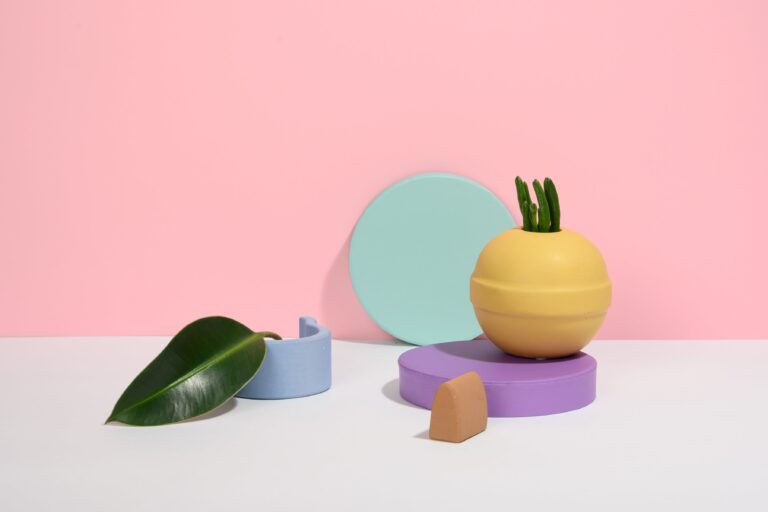
Armed with these answers, you’re well on your way to becoming a Crassula Minor guru. Keep asking questions, stay curious, and remember – every plant is a story waiting to be told. So go on, weave your tale with your thriving indoor garden!



